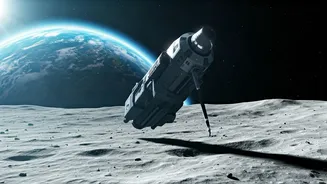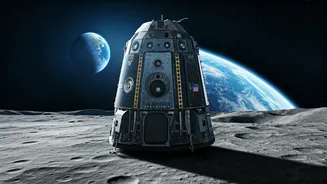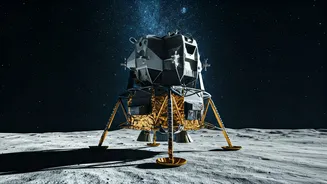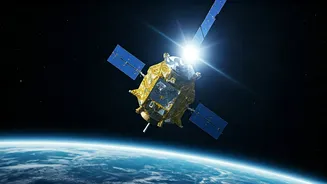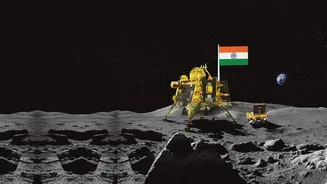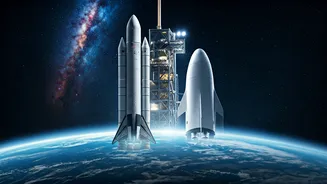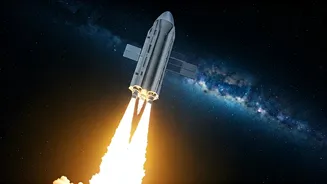The Chandrayaan-4 Goal
The primary objective of the Chandrayaan-4 mission, planned for 2028, is the retrieval of lunar samples. These samples will provide invaluable insights
into the Moon's composition, history, and potential resources. The mission's success will mark a significant advancement for India's space program and its capabilities. Bringing back lunar samples is a complex undertaking, involving sophisticated technology to collect, preserve, and transport these materials back to Earth. This mission is expected to give India a distinct advantage in future space endeavors and encourage technological progress. The collected samples will be crucial for research, allowing scientists to analyze the Moon's geological makeup and understand more about the solar system's evolution.
Strategic Significance of Return
The decision to bring lunar samples back to Earth holds considerable strategic importance for India. Acquiring these samples would enable Indian scientists to independently conduct research and analysis, leading to original discoveries. This self-reliance reduces dependence on other countries and fosters domestic scientific and technological capabilities. The mission directly challenges the dominance of the United States and China in the realm of lunar exploration. Successfully executing Chandrayaan-4 places India among the few nations capable of such a complex mission, enhancing its global standing in space research and technology. By achieving this, India can boost its scientific potential and advance its position in the global space exploration sector, paving the way for future ambitious missions.
Technological Hurdles Ahead
The Chandrayaan-4 mission presents a number of major technological hurdles that must be addressed for it to succeed. The mission necessitates the development of advanced robotic systems for sample collection. It requires the creation of specialized spacecraft designed to endure the harsh conditions of space. Furthermore, the safe return of the samples to Earth requires the development of secure landing and retrieval technologies. The challenges involved in Chandrayaan-4 are substantial, but achieving them would represent a significant technological accomplishment for India. The success of this mission will depend on solving complex engineering problems and advancing technologies for exploration and sample return.
Impact on Scientific Research
The lunar samples retrieved by Chandrayaan-4 are expected to revolutionize scientific research. They will provide valuable data for understanding the Moon's formation, composition, and geological history. The samples will allow scientists to investigate the presence of water ice, a crucial resource for future lunar missions. Studying these samples could also offer insights into the early solar system's evolution and could answer significant questions about the universe. The collected materials will be analyzed across various scientific disciplines, including geology, mineralogy, and astrochemistry. These endeavors would advance knowledge about the Moon and the larger cosmos.
India's Space Program Future
The Chandrayaan-4 mission is viewed as a crucial step for the future of India's space program. Its success will pave the way for more complex missions, including potential lunar base construction. It will also foster collaboration with other space agencies, enhancing India's international partnerships in space exploration. The development of advanced technologies for Chandrayaan-4 will benefit other sectors, stimulating innovation and technological development. This program will boost India's ability to explore space, opening doors for future missions, and ensuring a leadership role on the world stage.
